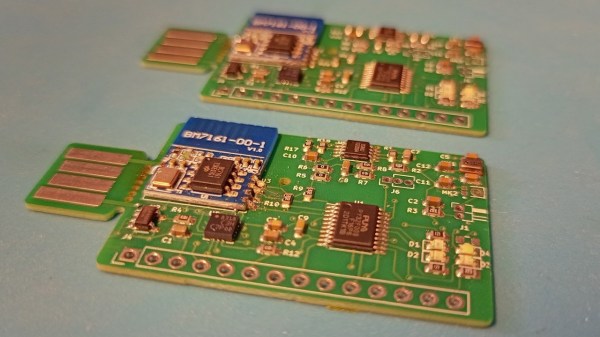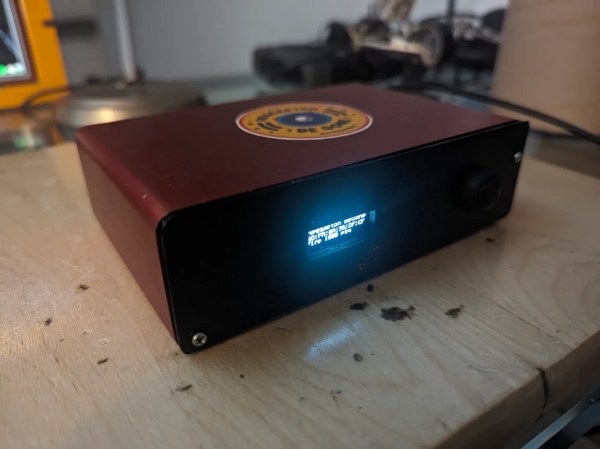Here at Hackaday, we love it when someone picks up the ball from a previous project and runs with it. That’s what we’re all about, really — putting out cool projects that just might stimulate someone else to extend and enhance it, or even head off in an entirely new direction. That’s how the state of the art keeps moving.
This DIY spectrometer project is a fantastic example of that ethos. It comes to us from [Michael Prasthofer], who was inspired by [Les Wright]’s PySpectrometer, a simple device cobbled together from a pocket spectroscope and a PiCam. As we noted at the time, [Les] put a lot of the complexity of his instrument in the software, but that doesn’t mean there wasn’t room for improvement.
[Michael]’s goals were to make his spectrometer a little easier to build, and to improve the calibration process and overall accuracy. To help with the former, he went with software correction of the color filter array on his Fuji X-T2. This has the advantage of not requiring a high-power laser and precision micropositioner to ablate the CFA, and avoids potentially destroying an expensive camera. For the latter, [Michael] delved deep into the theory behind spectroscopy and camera optics to develop a process for correlating the intensity of light along the spectrum with the specific wavelength at that location. He also worked a little machine learning into the process, training a network to optimize the response functions.
The result is pretty accurate spectra with no lasers required for calibration. The video below goes into a lot of detail and ends up being a good introduction to some of the basics of spectroscopy, along with the not-so-basics.
Continue reading “An Improved Spectrometer, No Lasers Required”



















